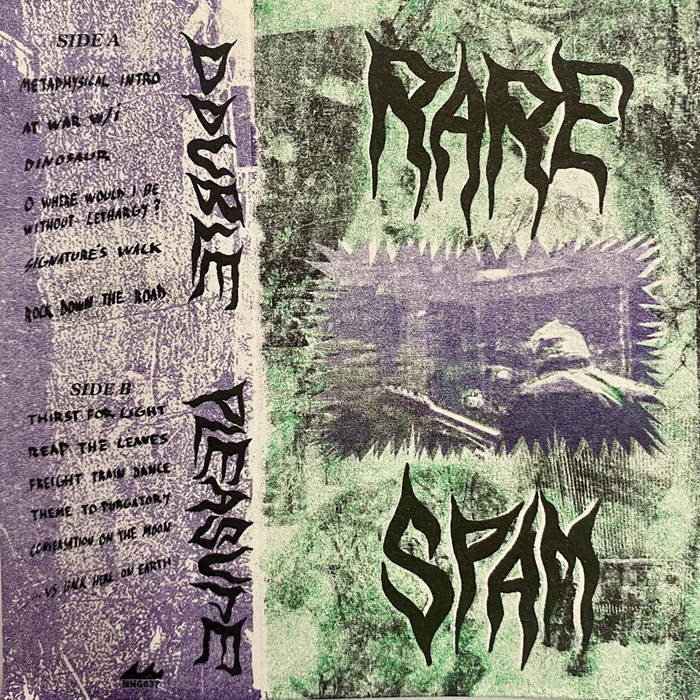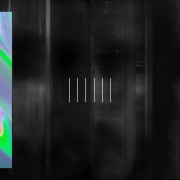
The main thread that weaves through this album is the idea of the physical, of being present and being embodied, of culture as experienced through physical objects like photographs, books, clothing, and through physical activity like dancing. We are all bodies in motion, expressive, attracted, compelled, seduced, and sometimes, betrayed. Meanwhile the digital realm, once seductive, is now degrading into something that feels like a betrayal, a casualty of financial interests and individual egos.
The album takes its name from a collection of essays by Elizabeth Hardwick looking at women and literature, and the effects their personal relationships have on them as authors, as characters, or as literary inspirations. Also, one track, ‘George Eliot’s Husband,’ takes its name from a separate essay by Hardwick where she somewhat idealises a literary romantic relationship, in contrast to those in Seduction and Betrayal and to her own marriage to Robert Lowell.
The sleeve image is of Georgia O’Keeffe’s hands as photographed by Alfred Stieglitz, who, had they been a literary couple rather than in the visual arts, could easily have featured in one of Hardwick’s essays. The other element of the sleeve design is a solid violet field, which is a nod to Robert Mapplethorpe’s diptych Mercury, 1987, also referenced in a song title.
LP / CD / Digital Album





